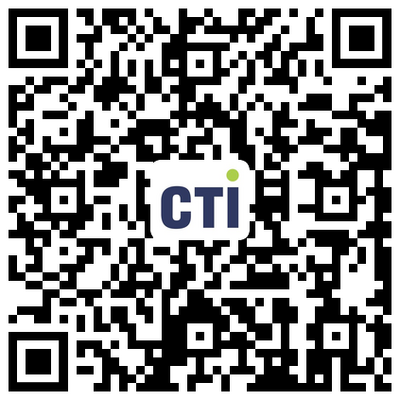- Home
- About CTI
- Our Services
- Investor Relations
- CTI Mall
- Resource Center
- Reports Validation
- Join Us
-
 Overview
Overview
Centre Testing International Group Co., Ltd. (CTI) is a market leader in testing, inspection, certification, calibration, audit, training & technical services; building trust between governments, enterprises, and consumers.
-
 Sustainability
SustainabilitySustainability is deeply rooted in CTI’s business model, by delivering science-based solutions and verification services, to increase transparency and traceability throughout the global value chain. CTI is a proponent of carbon neutrality and sustainable development.
-
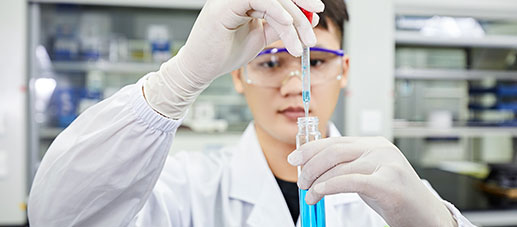 Our service
Our serviceCentre Testing International Co., Ltd. (CTI) is the pioneer and leader in the TIC Industry which provides one-stop solutions on testing, inspection, certification, calibration, audit, training & technical services.
-
By Industry
Our service capabilties cover the upstream and downstream of the supply chain including textile and apparel,toys,electronic appliances,medical health,food...andother industries.
-
 Environment
Environment
-
 Raw Material & Fuel Chemicals
Raw Material & Fuel Chemicals
-
 Textiles, Apparel, Footwear & Accessories
Textiles, Apparel, Footwear & Accessories
-
 Food & Agricultural Products
Food & Agricultural Products
-
 Cosmetics, Personal Care & Household Chemicals
Cosmetics, Personal Care & Household Chemicals
-
 Building Materials&Construction Engineering
Building Materials&Construction Engineering
-
 Electronic & Electrical Appliances
Electronic & Electrical Appliances
-
 Toys, Furniture & Home Decoration
Toys, Furniture & Home Decoration
-
 Industrial Equipment & Manufacturing
Industrial Equipment & Manufacturing
-
 Rail & Aviation
Rail & Aviation
-
 Automotive & Spare Parts
Automotive & Spare Parts
-
 Pharma and Medical Services
Pharma and Medical Services
-
 Maritime Vessel Compliance Testing
Maritime Vessel Compliance Testing
 By Industry
By IndustryOur service capabilties cover the upstream and downstream of the supply chain including textile and apparel,toys,electronic appliances,medical health,food...andother industries.
-
-
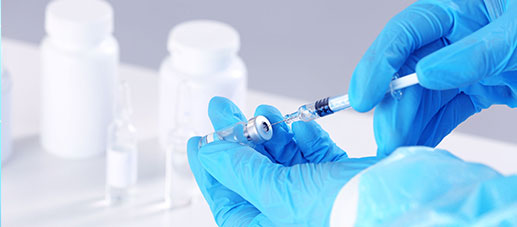 Specialty
SpecialtyComprehensively guarantee quality and safety, promote compliance and innovation, demonstrate brand competitiveness, and achieve higher quality, healthier, safer, and greener sustainable development.
-
 Management
ManagementWe have established a clear governance structure in accordance with listing requirements and national regulations and policies to deal with internal and external challenges and achieve sustainable development.
-
 Information DisclosureWe are committed to establishing normal and effective two-way communication with shareholders and investors. We have established a complete information disclosure mechanism to convey information to shareholders in a timely manner.
Information DisclosureWe are committed to establishing normal and effective two-way communication with shareholders and investors. We have established a complete information disclosure mechanism to convey information to shareholders in a timely manner.
-
 Talents Policy
Talents PolicyEnsuring the basic rights and benefits of employees;
Providing professional skills training to promote employees’ growth;
Carrying out various kinds of activities to balance employees’ work and life.
-
 RecruitmentWelcome to join CTI family! We are providing a platform for you to show your talents and achieve your career aspiration.
RecruitmentWelcome to join CTI family! We are providing a platform for you to show your talents and achieve your career aspiration.
- Resource Center
- Application Forms
- Bulletin
- Training Center
- CTI Academy
- Reports Validation
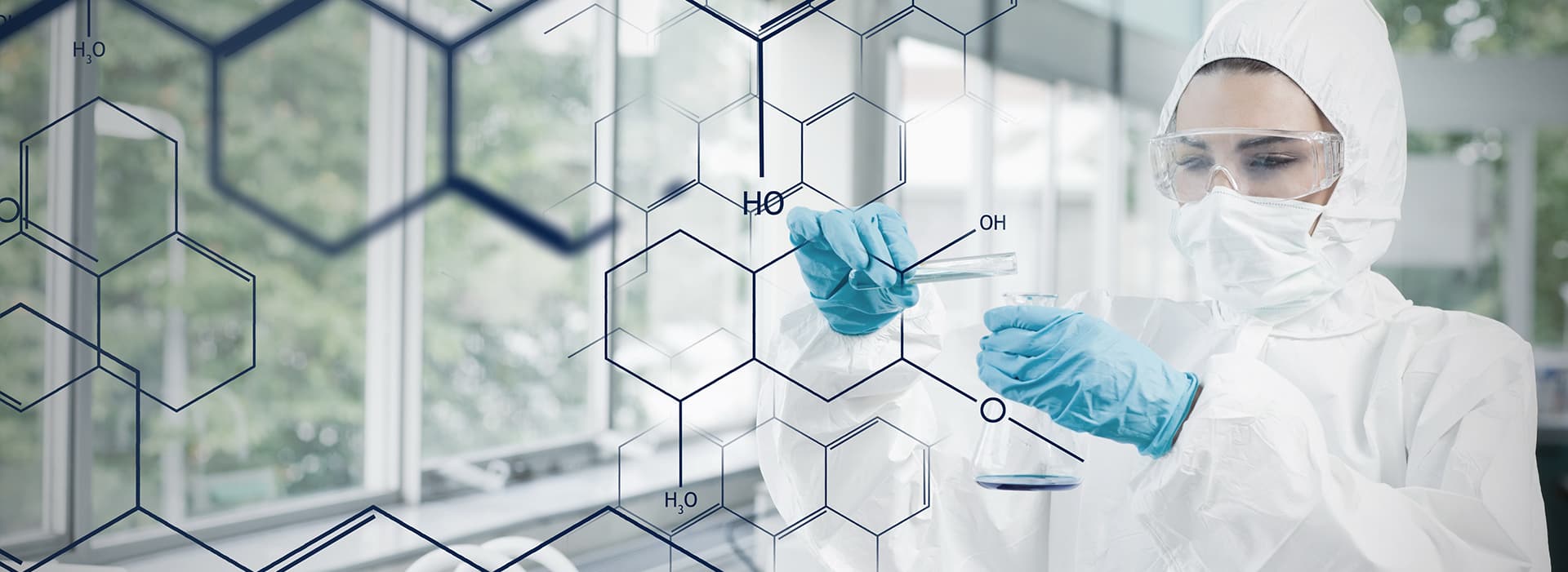
QUALITY & VALUE
CTI provides you with professional pharmaceutical solvent residue analysis services, with advanced pharmaceutical testing platform and experienced laboratory team, dedicated to ensuring the quality and safety of pharmaceuticals, and helping the development and technological innovation in the field of pharmaceuticals and health care.

Service Background
Residual solvents in pharmaceuticals refer to the organic solvents used in the production of APIs or excipients, as well as in the preparation of preparations, but not completely removed in the process. Unless otherwise specified, the residual limits of the first, second and third types of solvents should be in accordance with the provisions of the Pharmacopoeia; for other solvents, the corresponding limits should be formulated according to the characteristics of the production process so as to make them comply with the product specifications, Good Manufacturing Practice (GMP) or other basic quality requirements.
Analysis of Drug Solvent Residues
According to the 2020 edition of the Chinese Pharmacopoeia “0861 Residual Solvent Determination Method” general rules, the detection of residual solvents in pharmaceutical products is divided into four categories, involving 70 solvents.
1. Solvent residue analysis: Qualitative and quantitative analysis of organic solvents in samples using advanced chromatographic techniques. In addition to Pharmacopoeia, we can also select appropriate testing methods and conditions according to industry standards or customer-specific requirements.
2. method development and validation: customize specific solvent residue detection methods for customers, and carry out strict validation, provide a full set of parameter reports for method validation.
3. Technical support and consulting: provide professional technical consulting services to help customers solve problems encountered in the control and management of solvent residues; according to the latest regulations and standards changes, provide customers with timely updates and training.
Service Purpose
Solvent residue testing is an important part of pharmaceutical quality control, and its purpose is to ensure that the residues of organic solvents used in the manufacturing process of pharmaceutical products do not exceed the specified safety limits in the final product. These organic solvents may originate from the manufacturing process of APIs or excipients, as well as from the preparation of formulations. Detection and control of solvent residues is essential as organic solvents may pose potential risks to patient health.
Service Recipients
1. API manufacturers;
2. pharmaceutical manufacturing enterprises;
3. pharmaceutical research institutes, etc.
Our Advantages
1. Professional technical team: we have experienced analytical scientists and professional technicians who are capable of handling complex samples and testing needs.
2. advanced equipment: using the latest chromatography and detection equipment to ensure the accuracy and reproducibility of data.
3. Strict quality control: We follow dual quality management systems (FDA and CNAS) to ensure the reliability of the testing process and results.
4. Customized service: Provide personalized service solutions according to customers' specific needs, including the selection and optimization of detection methods.
- About CTI
- Our Services
- Investor Relations
- CTI Mall
-
Resource Center
- Application Forms
- Bulletin
- Training Center
- CTI Academy
- Reports Validation
-
Join Us
- Talents Policy
- Recruitment



















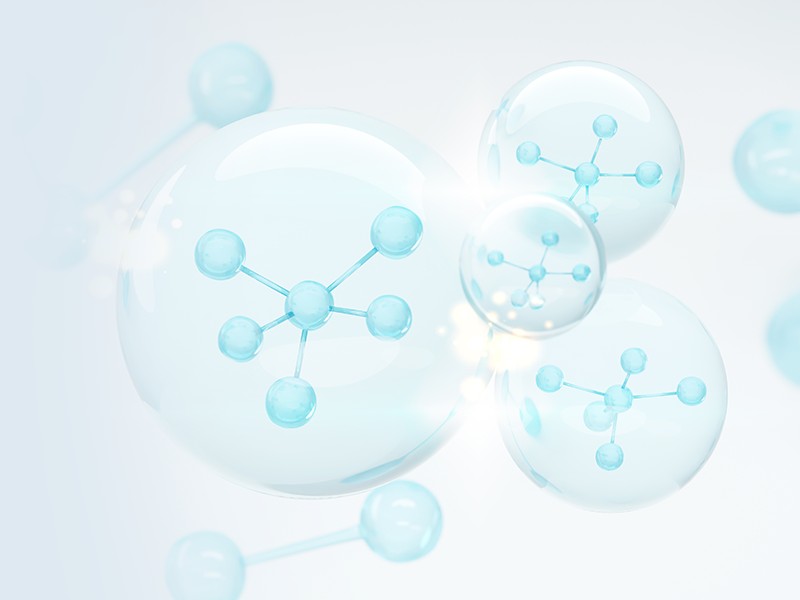



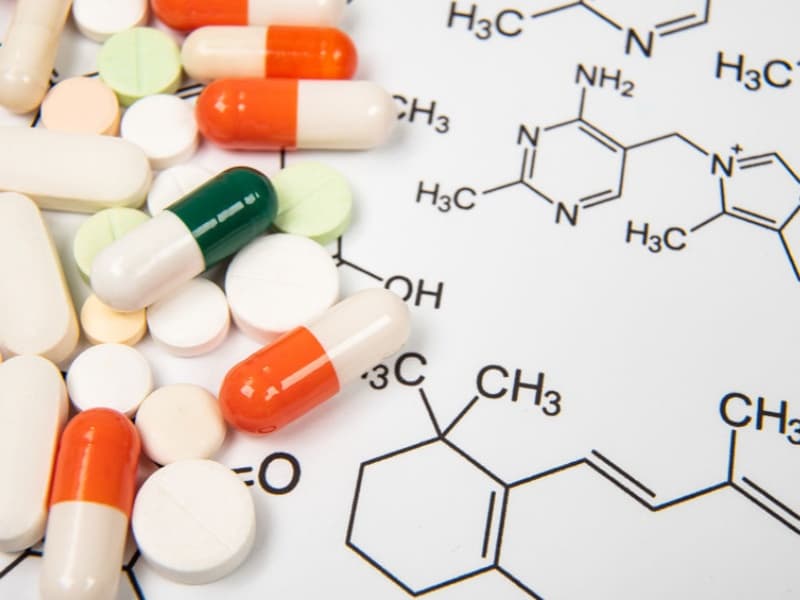
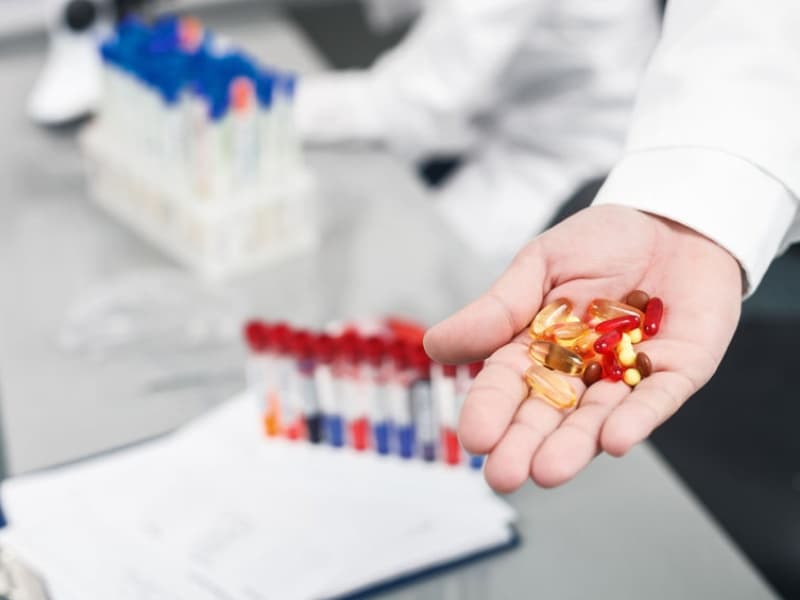

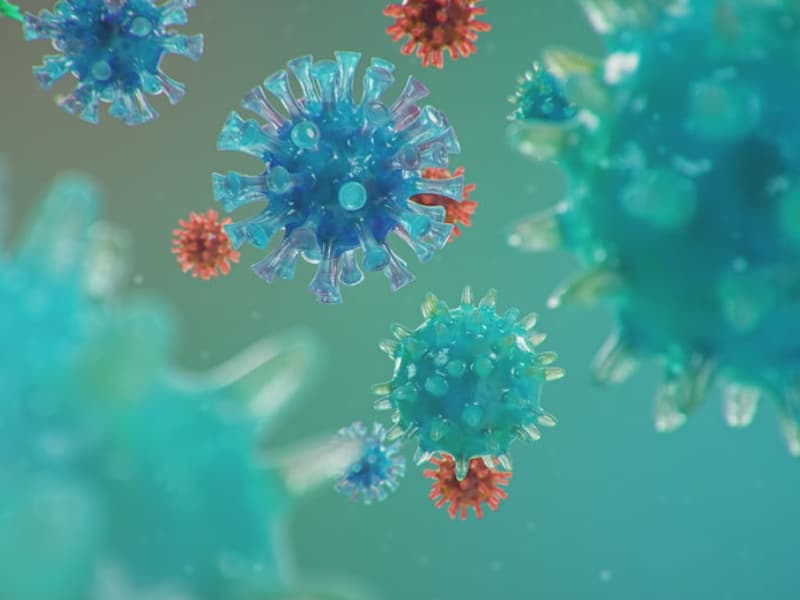




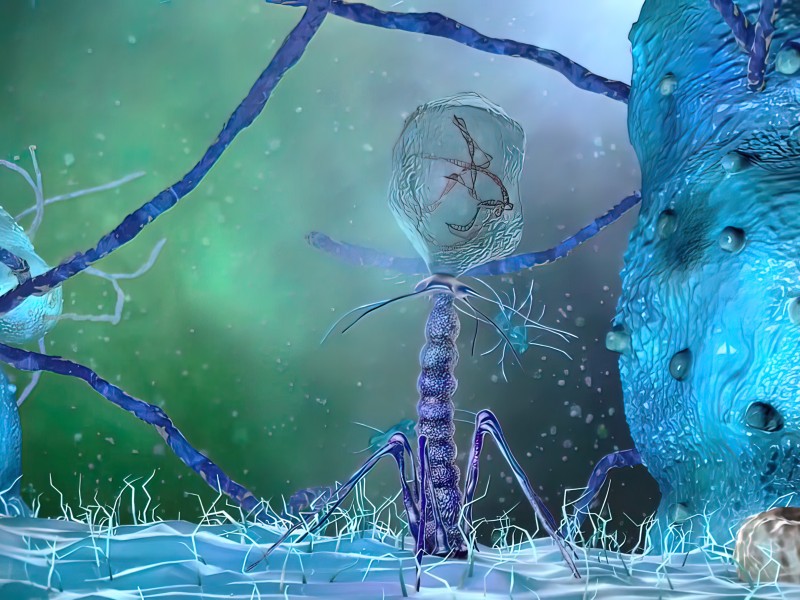
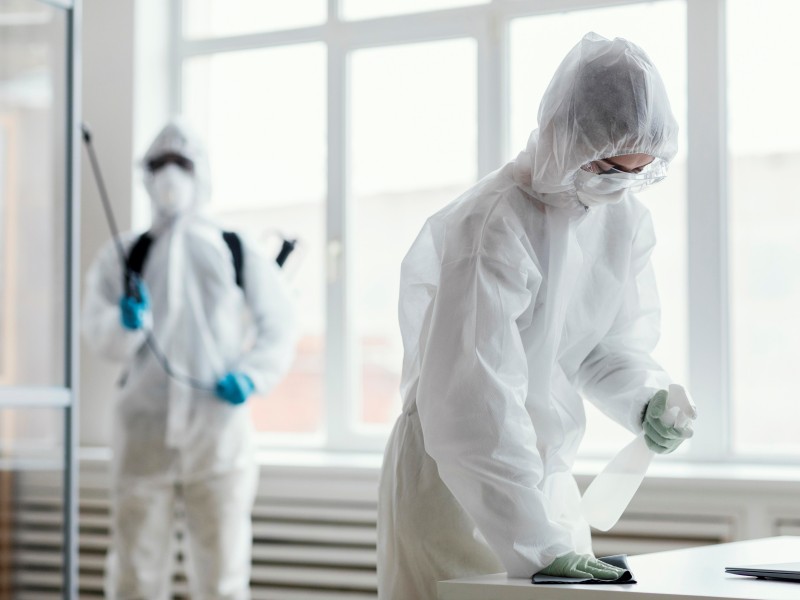

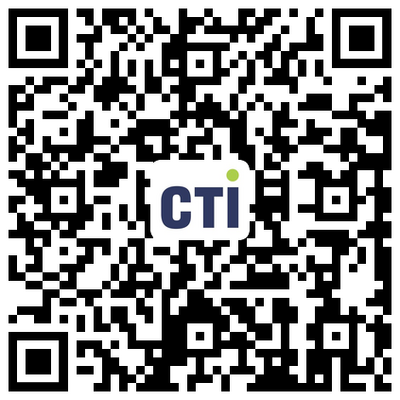
 粤公网安备 44030602000441号
粤公网安备 44030602000441号 